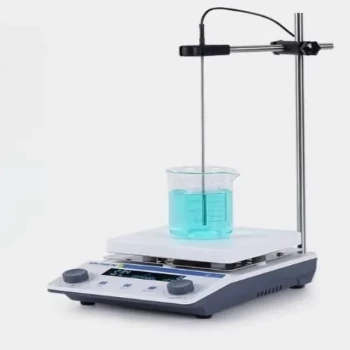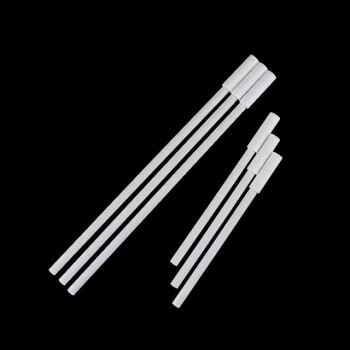Реакторы высокого давления
Применение
Реакторы высокого давления - незаменимые инструменты в области химических исследований, особенно при работе с экстремальными условиями. Эти специализированные реакторы тщательно разработаны для проведения химических реакций при высоких температурах и высоком давлении, что делает их идеальными для работы с материалами, представляющими значительный риск.
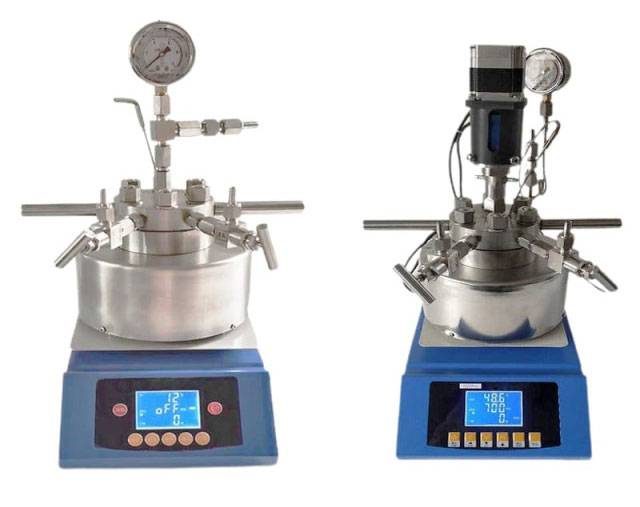
В частности, реакторы высокого давления необходимы для проведения экспериментов с легковоспламеняющимися, взрывоопасными и токсичными средами. Их прочная конструкция обеспечивает безопасность и эффективность, позволяя исследователям манипулировать этими опасными веществами без ущерба для целостности эксперимента. Эта возможность особенно ценна в таких отраслях, как нефтехимия, фармацевтика и специальная химия, где необходим точный контроль над условиями реакции.
Кроме того, универсальность реакторов высокого давления выходит за рамки безопасности. Они способны выполнять широкий спектр химических процессов, от простых до сложных, что позволяет использовать их в самых разных областях. Будь то синтез новых соединений, оптимизация реакционных путей или изучение кинетики реакций, реакторы высокого давления обеспечивают необходимые условия для достижения желаемых результатов.
В общем, реакторы высокого давления - это не просто инструменты, а важнейшие компоненты для развития химических исследований и промышленных процессов, обеспечивающие безопасность и функциональность в самых сложных условиях.
Стеклянные реакторы
Функциональность
Стеклянные реакторы имеют конструкцию из двухслойного стекла, что очень важно для работы с различными реакционными материалами. Эта уникальная конструкция обеспечивает универсальность работы, включая перемешивание как при нормальном, так и при отрицательном давлении. Двухслойное стекло не только обеспечивает прозрачность для наблюдения за реакциями, но и гарантирует стабильность среды за счет постоянного контроля температуры. Это достигается за счет интеграции систем нагрева и охлаждения, которые могут поддерживать точную температуру на протяжении всего процесса реакции.

Помимо контроля температуры, двухслойная стеклянная конструкция обеспечивает повышенную безопасность. Внешний слой стекла служит защитным барьером, снижая риск случайного попадания опасных материалов. Такая конструкция особенно выгодна при работе с чувствительными или летучими соединениями, поскольку сводит к минимуму возможность утечек и разливов.
Функциональность стеклянных реакторов выходит за рамки базового перемешивания и контроля температуры. Они также оснащены такими передовыми функциями, как автоматическая регулировка давления и программируемые системы управления. Эти функции позволяют исследователям проводить сложные реакции с высокой точностью и воспроизводимостью, что делает стеклянные реакторы незаменимым инструментом в современных лабораториях.
Магнитные реакторы
Механизм герметизации
В магнитных реакторах используется сложная конструкция статического уплотнения, включающая магнитную муфту. Эта конструкция играет ключевую роль в снижении утечек, обеспечивая тем самым полную герметичность рабочей среды. Магнитная муфта действует как бесконтактное передающее устройство, облегчая передачу крутящего момента и движения без прямого физического контакта. Эта особенность особенно важна при работе с опасными материалами, где даже незначительные утечки могут поставить под угрозу целостность и безопасность эксперимента.
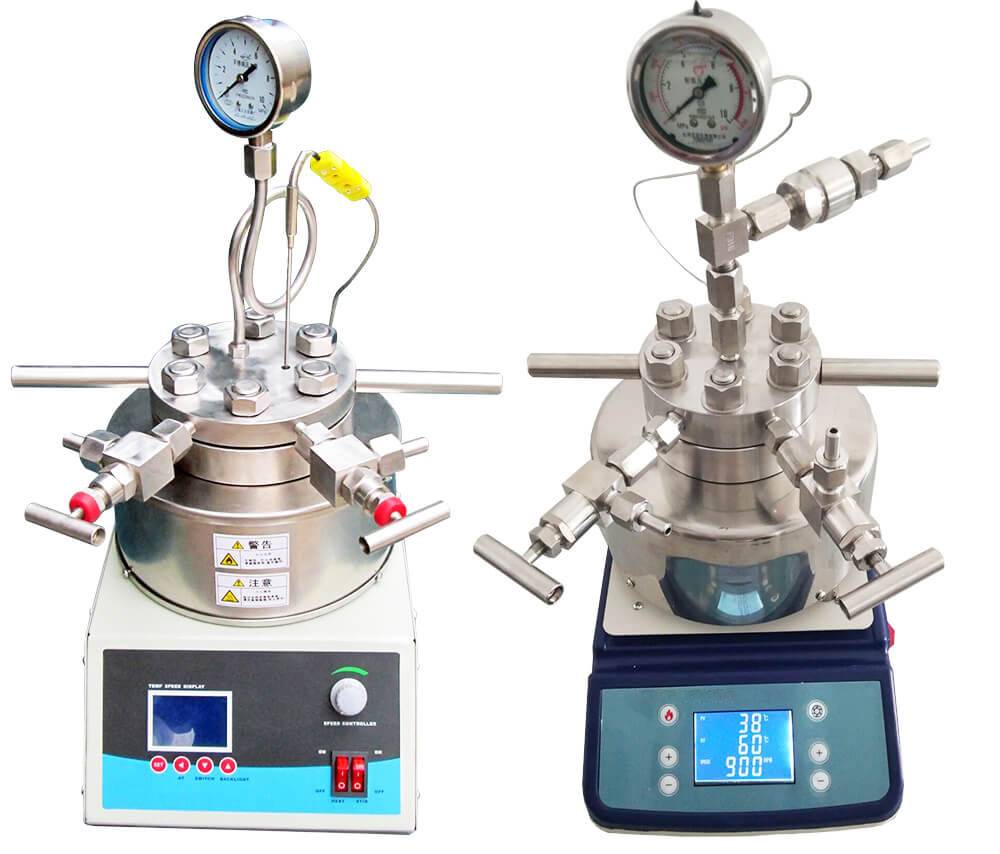
Механизм статического уплотнения работает по принципу магнитного поля, которое взаимодействует с внутренними компонентами реактора, обеспечивая плавную работу без необходимости использования механических уплотнений. Такой подход не только повышает долговечность реактора, но и упрощает процедуры технического обслуживания. Благодаря отсутствию необходимости в частой замене уплотнений снижаются общие эксплуатационные расходы, что делает магнитные реакторы экономически выгодным выбором для лабораторий.
Кроме того, полная герметичность обеспечивает сохранение чистоты реакционной среды без внешних загрязнений, которые могут повлиять на результаты реакции. Такой уровень контроля окружающей среды крайне важен для экспериментов, требующих точных условий, например, с токсичными или взрывоопасными средами. Эффективность магнитного соединителя в поддержании герметичной среды подчеркивает пригодность реактора для проведения исследований и разработок с высокой степенью риска.
Микроволновые синтезаторы
Каталитические реакции
Микроволновые синтезаторы играют важную роль в катализе широкого спектра реакций в различных областях, включая органическую химию, фармацевтику и биохимию. Эти синтезаторы используют уникальные свойства микроволн для увеличения скорости и выхода реакций, что делает их незаменимыми инструментами в современных лабораториях.
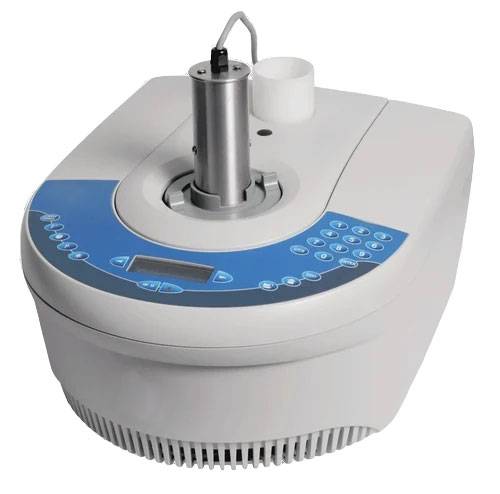
Одним из ключевых преимуществ микроволновых синтезаторов является их способность облегчать сложные органические реакции. Такие реакции часто требуют точного контроля температуры и давления - условий, которые микроволны могут обеспечить с высокой эффективностью. Например, синтез фармацевтических препаратов часто включает в себя сложные молекулярные превращения, которые выигрывают от быстрого и равномерного нагрева, обеспечиваемого микроволнами.
В области биохимии микроволновые синтезаторы используются для катализации реакций с участием биомолекул. Эти реакции могут быть особенно сложными из-за чувствительности биологических материалов к теплу и другим факторам окружающей среды. Контролируемый нагрев и быстрое время реакции, обеспечиваемые микроволнами, помогают свести к минимуму деградацию и добиться максимальной чистоты продукта.
Помимо химических реакций, микроволновые синтезаторы также играют важную роль в физических процессах, таких как экстракция растворителями. Этот метод широко используется для извлечения ценных соединений из сложных смесей, и этот процесс может быть значительно ускорен и оптимизирован с помощью микроволновой энергии.
В общем, микроволновые синтезаторы - это универсальные инструменты, которые расширяют свои каталитические возможности в целом ряде научных дисциплин, повышая эффективность и результативность лабораторных исследований и разработок.
Реакционные калориметры
Измерения
Реакционные калориметры - незаменимые инструменты в лаборатории, предназначенные для измерения тепла, выделяемого или поглощаемого в ходе химических реакций или физических процессов. Эти измерения имеют решающее значение для получения знаний в области термохимии и кинетики, которые необходимы для понимания изменений энергии и скорости реакций, происходящих в различных процессах.
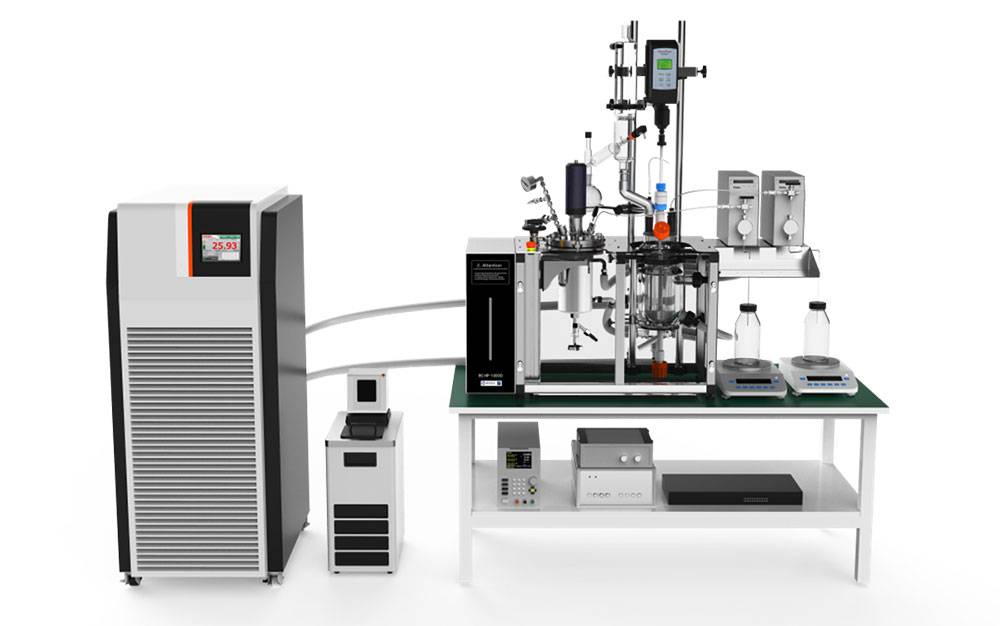
Данные, полученные с помощью реакционных калориметров, могут быть использованы для анализа термодинамических свойств реакций, таких как изменения энтальпии и энтропии, которые имеют фундаментальное значение для прогнозирования результатов реакций и оптимизации их условий. Кроме того, кинетические параметры, полученные в результате этих измерений, такие как энергия активации и порядок реакции, предоставляют ценную информацию для управления процессом и расширения масштаба.
| Параметр измерения | Термохимия | Кинетика |
|---|---|---|
| Выделение/поглощение тепла | Изменение энтальпии | Скорость реакции |
| Изменение температуры | Изменение энтропии | Энергия активации |
Контролируя тепловой поток, исследователи могут выявлять потенциальные опасности, такие как экзотермические реакции, которые могут привести к запуску реакций или перегреву, обеспечивая тем самым безопасность лабораторных исследований. Интеграция калориметрических данных с другими аналитическими методами улучшает общее понимание сложных реакционных систем, что делает реакционные калориметры важным компонентом современных химических исследований и разработок.
Приборы для оценки катализаторов
Принципы оценки
Устройства для оценки катализаторов моделируют реальные условия реакции для оценки эффективности катализаторов. Эта оценка в основном основана на показателях, полученных из продуктов реакции, которые тщательно анализируются для определения эффективности катализатора. Эти методы оценки в целом делятся на два типа: статические и динамические.
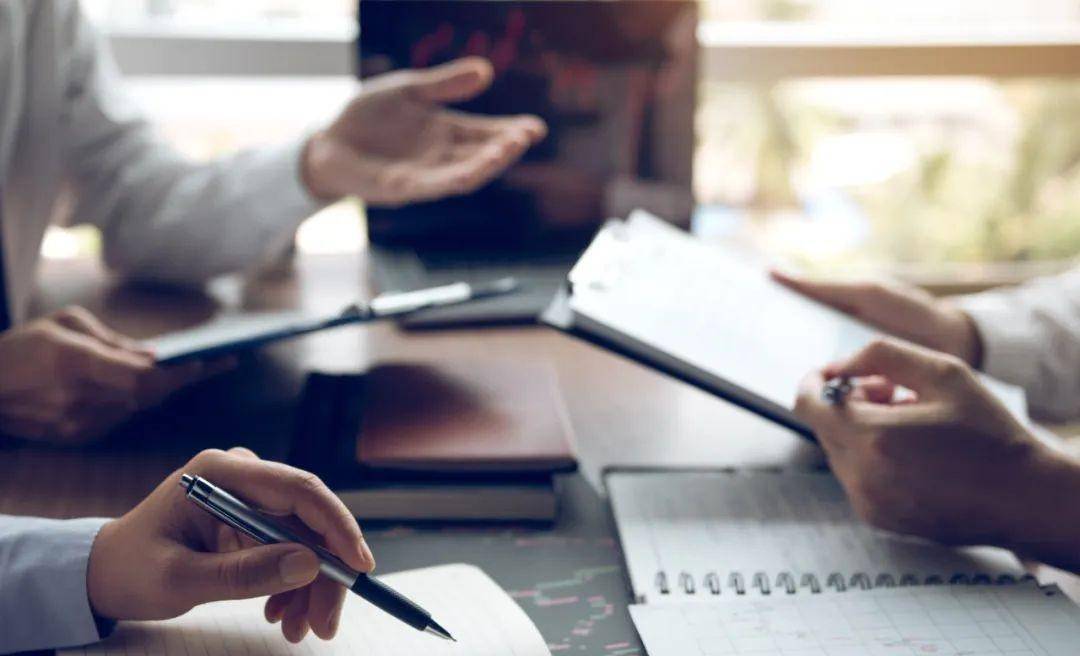
Статическая оценка предполагает создание контролируемой среды, в которой условия реакции остаются постоянными на протяжении всего эксперимента. Этот метод особенно полезен для изучения начальной активности и селективности катализаторов в стабильных условиях. Ключевые параметры, такие как температура, давление и концентрация реактивов, фиксированы, что позволяет провести детальный анализ работы катализатора без вмешательства колеблющихся переменных.
Динамическая оценка С другой стороны, динамическая оценка имитирует более реалистичные промышленные условия, в которых условия реакции могут меняться. Этот подход позволяет оценить, насколько хорошо катализатор может сохранять свою эффективность в изменяющихся условиях, таких как колебания температуры или изменение концентрации реактивов. Динамическая оценка имеет решающее значение для прогнозирования долгосрочной эффективности и стабильности катализаторов в непрерывных процессах, обеспечивая понимание, которое не может дать только статическая оценка.
| Тип оценки | Ключевые характеристики | Применение |
|---|---|---|
| Статическая | Контролируемые, постоянные условия | Исследования начальной активности и селективности |
| Динамические | Переменные условия | Долгосрочная производительность и стабильность в непрерывных процессах |
Как статические, так и динамические методы оценки необходимы для всесторонней оценки эффективности катализатора, гарантируя, что выбранный катализатор оптимизирован для конкретных условий реакции, с которыми он столкнется в практическом применении.
Рабочие станции синтеза
Автоматизация
Полностью автоматизированные реакторы синтеза, управляемые современными компьютерными системами, совершают революцию в области исследования соединений и лекарственных препаратов. Эти сложные машины с точностью и эффективностью выполняют множество процессов, включая подачу, нагрев, перемешивание и дистилляцию. Автоматизация не только повышает воспроизводимость и точность экспериментов, но и снижает риск человеческой ошибки, что особенно важно в деликатных и высокостатусных исследовательских средах.

Одним из ключевых преимуществ автоматизированных систем является их способность управлять сложными последовательностями операций без ручного вмешательства. Эта возможность особенно важна при синтезе сложных соединений, когда малейшее отклонение может привести к значительным изменениям в конечном продукте. Системы с компьютерным управлением обеспечивают выполнение каждого этапа с точными параметрами, заданными исследователями, тем самым сохраняя последовательность действий в течение нескольких циклов.
Кроме того, автоматизация позволяет работать непрерывно, что значительно ускоряет процесс исследования. Исследователи могут ставить эксперименты на ночь или на выходные дни, максимально используя лабораторное время. Непрерывной работе способствует надежная конструкция реакторов, которые рассчитаны на длительное использование без ущерба для производительности.
Помимо эксплуатационных преимуществ, автоматические реакторы синтеза также способствуют повышению безопасности в лаборатории. Выполняя такие опасные процессы, как нагревание и дистилляция, эти системы сводят к минимуму воздействие на исследователей потенциально опасных химических веществ и условий. Это не только защищает здоровье и безопасность исследовательской группы, но и обеспечивает соблюдение строгих правил безопасности в лаборатории.
Интеграция компьютерного управления также позволяет осуществлять мониторинг и регистрацию данных в режиме реального времени, предоставляя исследователям ценные сведения о динамике реакции. Эти данные могут быть использованы для оптимизации условий реакции, выявления неэффективности и совершенствования процесса синтеза. Возможность анализа и корректировки в режиме реального времени - это значительное достижение, которое может привести к более эффективным и результативным исследованиям.
Таким образом, появление полностью автоматизированных реакторов синтеза представляет собой поворотное изменение в методах исследования соединений и лекарственных препаратов. Используя точность компьютерного управления, эти системы повышают воспроизводимость, ускоряют сроки исследований, повышают безопасность и предоставляют ценные данные для оптимизации процесса. По мере развития технологии ее влияние на область химического синтеза будет расти, прокладывая путь к новым открытиям и инновациям.
Связанные товары
- Реактор высокого давления из нержавеющей стали, лабораторный реактор высокого давления
- Миниавтоклав высокого давления из нержавеющей стали для лабораторного использования
- Настраиваемые реакторы высокого давления для передовых научных и промышленных применений
- Автоклавный реактор для гидротермального синтеза высокого давления
- Лабораторная малогабаритная магнитная мешалка с постоянной температурой, нагреватель и мешалка
Связанные статьи
- Повышение безопасности в вашей лаборатории: комплексное руководство по безопасности реакторов под давлением
- Трубчатая печь высокого давления: применение, безопасность и обслуживание
- Лабораторная безопасность: Безопасное использование высоковольтного оборудования
- Опасности и меры предосторожности при работе с лабораторными сосудами под давлением
- Лабораторная безопасность: Оборудование высокого давления и реакторы





